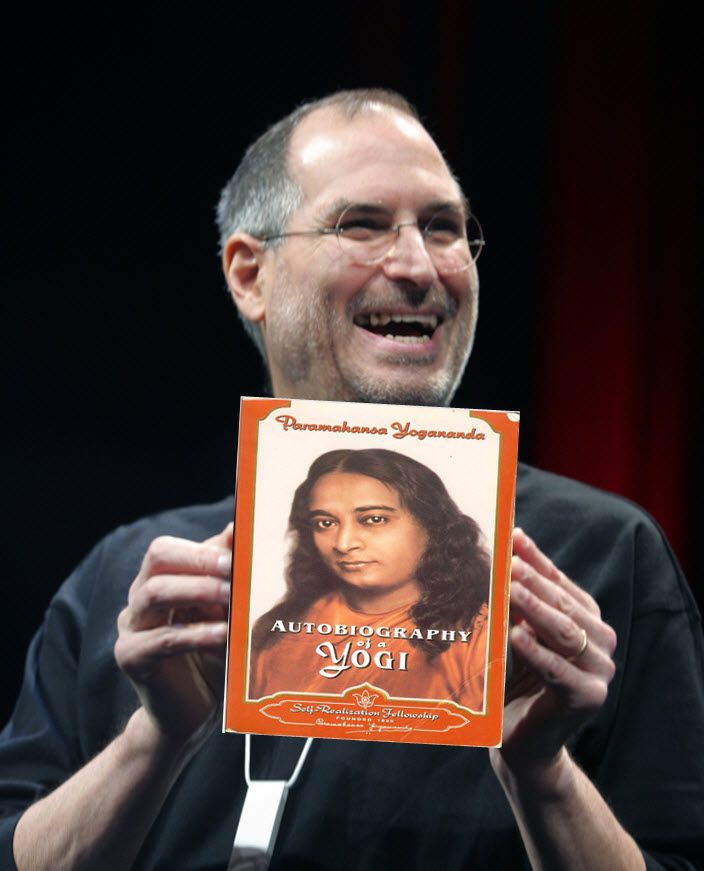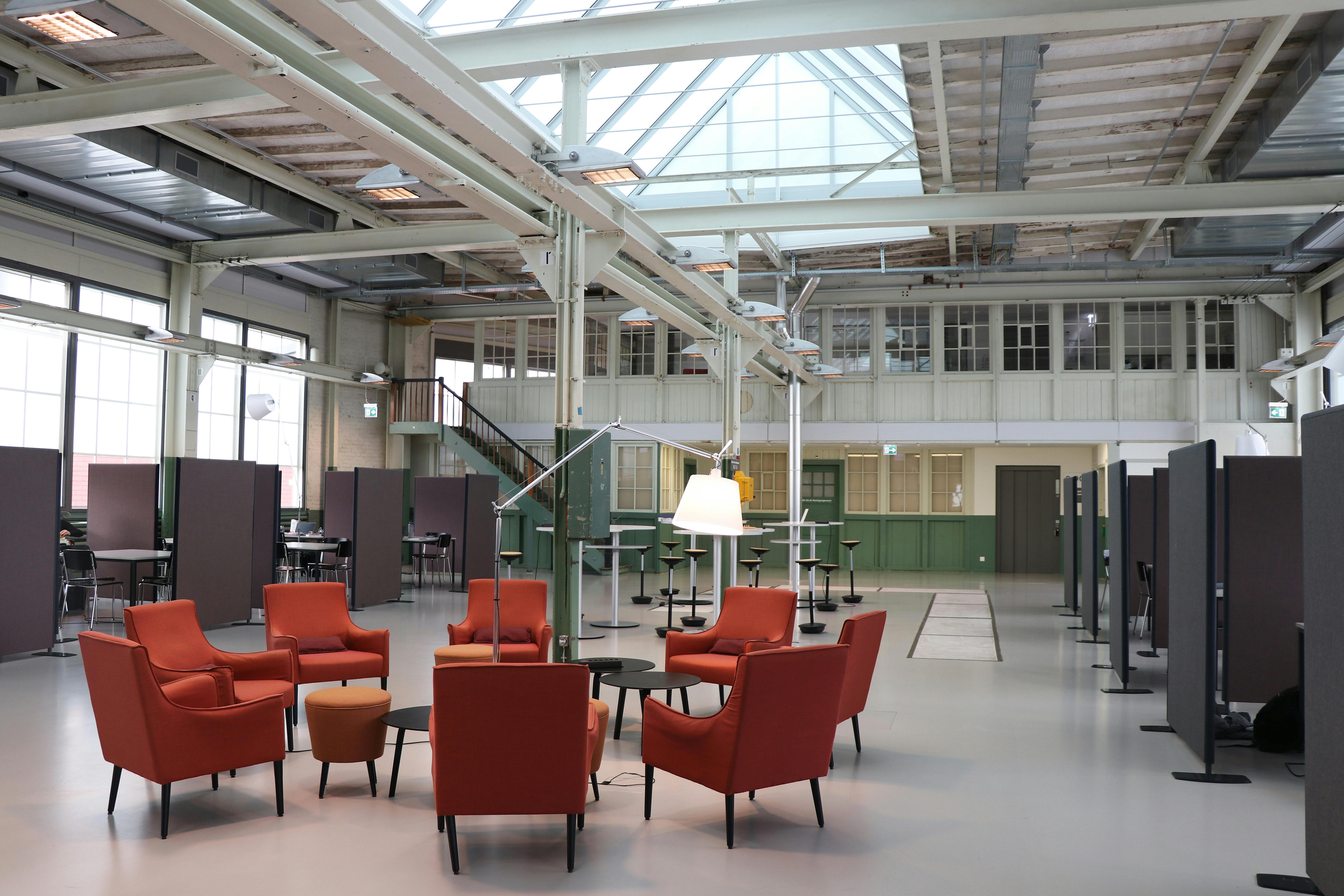The Modern City: A Crucible of Fatigue
Such cities as Bangalore, New Delhi, or Mumbai are the locomotives of innovation and economic development but without a doubt they are hard on human spirit. The unstoppable speed, noise, pollution, pressure to perform has made millions of people feel nervous, dissatisfied and lack motivation. Individuals show up at work exhausted, with scattered brains, and incapable of showing up to their jobs with their full beings. It is not only a personal problem, but also a collective epidemic, anxiety, depression and burnout.
Sri M, in Living With a Himalayan Master, observes:
"In the city, people are constantly bombarded by sensory stimuli. Their minds are scattered, and they forget the essence of who they are. The body is present, but the mind and spirit are elsewhere—chasing deadlines, fears, and unfulfilled desires.”
Autobiography of a Yogi, by Paramahansa Yogananda provides the answers about how the unrest of the modern mind is not merely a physical issue, but a problem of the whole being and how wellness starts inwardly.

You may know Steve Jobs as the visionary behind Apple, but what shaped his vision? At just 17, Jobs picked up Autobiography of a Yogi by Paramahansa Yogananda. That book didn’t just inspire him, it became his spiritual guide. He read it every year, without fail. It was the only book on his iPad. And when he passed in 2011, everyone at his memorial received a parting gift: a copy of that very book. Yogananda never set foot in Silicon Valley, but his wisdom helped shape one of the most valuable companies on earth.
The Great Migration: Seeking Sanctuary in Tier-2 Towns and Spiritual Havens
With urban living growing gradually untenable, a sort of silent revolution is afoot: folk are returning to tier-2 towns, coastal getaways like Goa and spiritual centers like Dharmshala. It is not only that they have cleaner air and open spaces these places promise a slower, more sensible pace of life. This trend has only been speeded up by the pandemic and the popularization of remote work, although the desire to find peace and belonging is not a recent invention.
The power of retreat and spiritual quest has its own testimony in the case of Sri M as the master himself narrated in Living With a Himalayan Master. He abandoned what was familiar to him, to find truth in the Himalayas, under the guidance of a master whose teaching was beyond the clamor of the world. This is a trend that is being explored by a number of people today whereby they are making a deliberate effort to ensure that they are dwelling in surroundings that enrich the soul as opposed to those that exhaust it.
In tier-2 towns and destinations such as Goa and Dharmshala, the building block of the community is based on a collective value system; wellness, sustainability and spirituality. It is slower, there are fewer distractions, and more possibilities to understand oneself. They are not merely living places, but temples of change.
The World in Turmoil: A Year of War and Uncertainty
This year has been particularly tough. There are several wars being fought the world over, the relationships between India and Pakistan are still strained and the possibility of war between China and Taiwan is imminent. The planet seems fragile and the mental burden is enormous. The feeling of helplessness concerning things happening in the world, worry about the future, and the constant inflow of negative information make people tired and lost. The life and the teachings of Sri M remind us that even when around us everything is in a mess, there is a way towards inner peace.
His guru explained to him:
“The real work is not outside, but inside. The noise of the world is nothing compared to the noise in your own mind. Silence that, and you will find peace.”
The external crisis is when inner stability is required the most. Wellness workspaces, be it in the large urban jungles or in the quiet resorts, would be that one place where individuals would be able to center themselves, re-Moore with their mission, and develop the strength to venture out into the world.
The Rise of Spiritual Seekers
The rise of spiritual seekers is a small, yet potent movement occurring in the midst of the mayhem. record numbers of people are looking inward, investigating meditation, yoga, and the traditional wisdom cultures. It is not a mere fad, but a sea change in awareness. There is a growing understanding among people that material success is not a sole currency of happiness- there is need to belong to something larger than yourself.
The quest is symbolic of the journey taken by Sri M. He describes his desire of truth, his meeting with holy men, and the awakening that one can experience through pure quest. The guidance of his guru enabled him to overcome the uncertainty, fear, and outer tribulations and find the path to the life of service and wisdom.
Paramahansa Yogananda, also in his meetings with people, often met seekers of every category of life, scientists, artists, householders, monks, all driven by the similar urge of meaning and connection1
He writes:
“The characteristic features of Indian culture have long been a search for ultimate verities and the concomitant disciple-guru relationship. My own path led me to a Christlike sage whose beautiful life was chiseled for the ages.”
This seek is occurring everywhere today not only in ashrams and monasteries but also in workplaces, homes, and communities. Individuals are trying to find teachers, books, and experiences that will allow them to find meaning in the world, and inner peace.
The Promise of Wellness-Oriented Workspaces
Workspaces that focus on wellness are no more a luxury but a necessity. Studies demonstrate that well-being environments with natural lighting, calming colors, greenery, ergonomic furnishings and areas to relax and workout decreases stress levels, improves efficiency and enhances stronger relationship bonds among workmates.
When wellness is designed into the fabric of the work day with yoga classes, mindfulness trainings, healthy snacks, and intelligent design, the employees are happier, more productive and resilient. They do not leave their best selves at home and come to work with their tired and distracted selves.
Sri M’s teachings on Kriya Yoga are especially relevant here:
“Kriya is the method by which the prana is balanced… Regular practice over a period of time aids in peaceful and calm meditation, and ultimately helps to naturally achieve a state of well-being and content, by discovering the source of happiness within ourselves.”
In his autobiography, Yogananda provides various accounts on how a consistent practice of meditation and spirituality not only changed lives of individuals, but also whole communities.
He writes: “To work with God’s happiness bubbling in the soul is to carry a portable paradise within you wherever you go.”
Alignment: The Foundation of Well-Being
Both Sri M and B.K.S. Iyengar emphasize the importance of alignment not only in yoga poses, but in life. Sri M narrates the manner in which his guru trained him to bring alignment to his body, breath and mind via the discipline of practice. This tuning is a microcosm of the greater harmony we desire with the universe, and with our essential nature.
“When the body is aligned, the mind becomes steady. When the mind is steady, the spirit is revealed.”
B.K.S. Iyengar adds:
“Alignment is the foundation of all yoga practice. Through the alignment of the body, we discover the alignment of the mind, self, and intelligence.”
To the modern seeker this translates to: Do you live in a manner that is harmonizing to your body, mind and spirit? Or do you find yourself continually in conflict with yourself, in competing priorities?
Who is God? What is Life Meant For?
Sri M and Yogananda both speak of God not as a distant figure but as the very essence of existence the ground of being, the source of all joy and peace. In Living With a Himalayan Master, Sri M’s guru teaches:
“God is not somewhere else. God is the silence within, the peace that passes understanding, the love that is not bound by form or name.”
Yogananda writes:
“God is the infinite ocean of bliss. He is the consciousness within all beings, the light in every heart.”
The quest of meaning can attest to the journey of Sri M. His guru showed him that life should be lived to find oneself and to achieve the true nature.
“Life is not about accumulating things or chasing desires, but about discovering who you really are. The purpose of life is to wake up from the dream of separation and realize your unity with all existence.”
Yogananda echoes this:
“The goal of life is to find God, to realize the divine presence within, and to express that divinity in every thought, word, and deed.”
How to Live Well ?
Sri M’s life and teachings offer a blueprint for living well. He emphasizes simplicity, self-discipline, compassion, and daily spiritual practice.
“Live simply, love deeply, and practice daily. Do not be caught in the web of desires and fears. Serve others, but do not lose yourself in the world.”
Yogananda adds:
“To live well is to live in harmony with the divine will, to be centered in peace, and to act with love and wisdom.”
What is Happiness and Bliss?
Both Sri M and Yogananda draw a line between short-term happiness and eternal bliss. His guru taught Sri M:
“Happiness is momentary, dependent on circumstances. Bliss is the joy that comes from within, independent of external conditions. It is the result of realizing your true nature and living in alignment with it.”
Yogananda writes:
“To work with God’s happiness bubbling in the soul is to carry a portable paradise within you wherever you go.”
Insights for the Modern Seeker
The Power of Breath and Mindfulness
B.K.S. Iyengar:
“The quality of our breath is the quality of our life. When we master the breath, we master the mind.”
Sri M:
“Breath is the bridge between the body and the mind. By observing and regulating the breath, we can calm the mind and access deeper states of awareness.”
The Importance of Self-Awareness and Inner Silence
Sri M:
“The most important thing is to be aware of the present moment. When you are fully present, you are not distracted by the past or anxious about the future. You are free to respond to life with clarity and compassion.”
Yogananda:
“Stillness is the altar of spirit.”
The Role of Community and Shared Practice
Sri M:
“When people come together to practice yoga or meditation, they create a field of energy that supports each individual. This is the true meaning of community—not just sharing space, but sharing a journey of transformation.”
Designing for Wellness: Beyond the Physical
Sri M:
“Wellness is not just about the body. It is about the mind, the emotions, and the spirit. A truly wellness-oriented workspace supports all these dimensions.”
B.K.S. Iyengar:
“Yoga is not just about touching your toes; it’s about what you learn on the way down.”
Conclusion: A New Paradigm for Work Life Balance
The future of work is wellness-based as the future of humankind requires so. We live in a world of noise and stress and disconnection, and we need places that help us remember our larger purpose, our common humanity and our ability to find joy.
As Paramahansa Yogananda said:
“Stillness is the altar of spirit.”
With the abundance of yoga, Ayurveda and spiritual traditions in India, we have the chance to make workspaces not only a spot to make money, but a habitat of expansion, revitalization and change. Sri M and his Himalayan master reminds us:
“The real work is the inner work. When we transform ourselves, we transform the world around us.”
away.center is dedicated to reinventing the future of work - one breathe, one mindful moment and one inspired idea at a time. Up next in our series, we will discuss the nitty gritty of creating a wellness-focused work environment, including everything design-wise, down to the daily routine.
.svg)
.png)
.png)




